Electromaker Show Episode 7
Welcome to the Electromaker Show, episode 7! This week, the week of July 12, 2020, saw some sweet Giant Board SBC projects, a Microduino microcontroller seek crowdfunding and a solar-powered Raspberry Pi website. Check out the latest updates on all things maker, tech, crowdfunding, and DIY (do-it-yourself). Don't have time to read the article or watch the video? Check out the podcast!
Giant Board SBC Contest
Here at Electromaker, we regularly throw contests in collaboration with awesome companies. We were thrilled to partner with Crowd Supply, Microchip, and Groboards for the Giant Board SBC contest. Under normal circumstances, we'd have been impressed but considering that the world is in the midst of a pandemic, we were absolutely blown away by the quantity and quality of project submissions. It was difficult to select just three winners, but we've selected the Giant Board SBC contest winners!
Coming in at 1st place is a MIDI sequencer using a thermal camera. Electromaker community member Dillon1337 created a cool MIDI sequencer using a thermal camera. Powered by a Giant Board Linux computer, it takes an 8x8 thermal image that's then displayed on a TFT screen. Different temperatures are assigned specific musical notes such that when a reading takes place, a song that corresponds to the temperature of a given object is played back.
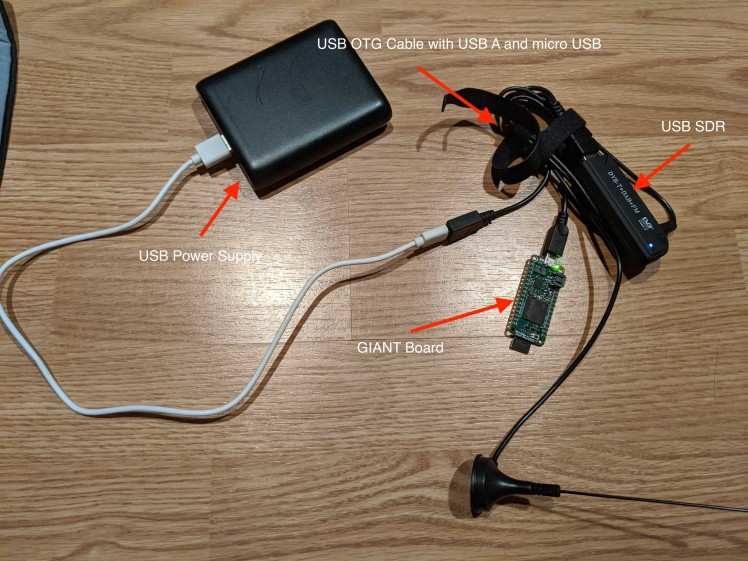 At 2nd place, tehCoops created a Giant Board-based wireless power usage reader. It's able to wirelessly read power meters, and can even be attached to a drone for use from the sky. It's a nifty means of using a Linux server to log water, gas, and power meters. This is a seriously capable device that transcends project and treks into prototype territory.
At 2nd place, tehCoops created a Giant Board-based wireless power usage reader. It's able to wirelessly read power meters, and can even be attached to a drone for use from the sky. It's a nifty means of using a Linux server to log water, gas, and power meters. This is a seriously capable device that transcends project and treks into prototype territory.
And coming in at 3rd, isaac-doyle-koch whipped up a smart thermostat. Sure, you can buy an off-the-shelf connected thermostat, but this DIY Giant Board-centric build incorporates smart home control and automation for running a boiler, mini-split, and window A/C unit. There's a way to modulate based on the outdoor temperature and stats can be gathered for analysis and control with Blynk and Node-Red. It's a complex build but documented as well as IKEA furniture so that anyone can reproduce it.
While these were the winning projects, you can check out all of the Giant Board SBC contest projects:
- Voice-activated label maker
- Average speed heads-up display
- Smart IoT Gateway Drying System
- Wireless SSH Linux Data Logger
- Simple 2fa Access System
- Downtime Alarm
- Power Sensor Plug
Crowdfunding Corner
On the crowdfunding front, a lot of new hardware is seeking, or has secured, funding. The µduino, or Mircoduino, is marketed as the smallest Arduino board on the planet. With the same ATMEGA32U4 chip as found in the Arduino Leonardo, the Microduino boasts power on par with a board 20-times as large. Onboard, you'll find 20 different input/output (I/O) pins, a PWM (pulse width modulation) and ADC (analog to digital converter) ports. It operates in 3.3V or 5V power modes. Tiny but mighty, the Microduino is a solid choice for wearables, robotics, and any project that demands an ultra small form factor without compromising on performance.
The PX-Her0 board is an ARM-based ecosystem engineered as a means of teaching makers about embedded technology. The PX-Hert0 features a command line explorer app (Command Line Interpreter) for a Unix-like experience. As such, you can easily interface with GPIO, ADC, PWM, SPI, I2C, and other devices. There's Arduino IDE (integrated development environment) support, and it's built on an open-source C library. At its core the PX-Her0 uses a STM32L072RB microcontroller. It's a seriously useful platform for exploring embedded devices through hands-on experimentation and scales with users as they progress from fresh newcomers to seasoned embedded device experts.
The PowerEver is a neat device that transforms a generic power bank into a non-stop power supply. Basically, the PowerEver is an electronic board that keeps off-the-shelf power banks running while keeping self-draining current to a minimal amount. It's user-adjustable and compatible with virtually any power bank available. Without enough load, most power banks shuf off automatically. However, the PowerEver prevents that by consuming the smallest amount of power possible and passing as much of that as possible to connected devices. You'll gain maximum life from your power banks. It's compatible with generic mobile device power banks as a standard DC 5V power supply, completely user-adjustable, and sports a physically small, lightweight design. Plus, the PowerEver is open-source with code and schematics available for eager hobbyists.
Marvelous Maker Projects
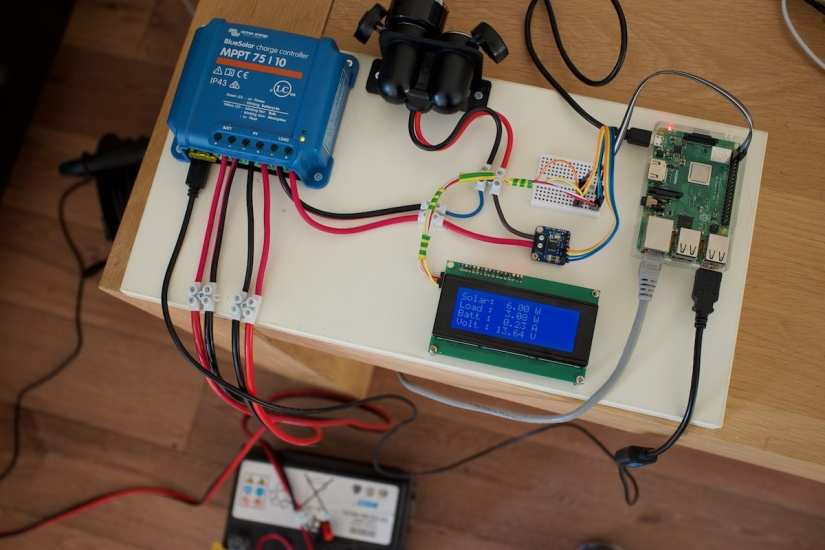 There have been loads of fantastic DIY projects. One clever maker figured out a means of running a website with a solar-charged Raspberry Pi. It's running off of a monocrystalline 150 Watt 12VF solar panel, 12 Volt lead acid battery, solar charge controller, voltage/current sensor, and Raspberry Pi 3 B+. There's an LCD display and VE.direct to USB interface communications cable. Under normal sunlight, the solar panel can pump out over 60W of energy, although the battery can't handle that much input. There's a VPS running HaProxy that shows if the blog is up or not. If the battery is out, a load balancer redirects users to another instance of the blog running on the same VPS. It sounds pretty awesome, although I don't think I'll switch from my personal websites to this sort of set up.
There have been loads of fantastic DIY projects. One clever maker figured out a means of running a website with a solar-charged Raspberry Pi. It's running off of a monocrystalline 150 Watt 12VF solar panel, 12 Volt lead acid battery, solar charge controller, voltage/current sensor, and Raspberry Pi 3 B+. There's an LCD display and VE.direct to USB interface communications cable. Under normal sunlight, the solar panel can pump out over 60W of energy, although the battery can't handle that much input. There's a VPS running HaProxy that shows if the blog is up or not. If the battery is out, a load balancer redirects users to another instance of the blog running on the same VPS. It sounds pretty awesome, although I don't think I'll switch from my personal websites to this sort of set up.
Electromaker contributor Mukesh Sankhla made the HexMatrix, an LED matrix with triangular pixels. There are six different pixels that form like Voltron make up a hexagon. Tons of different animations may be displayed. For instance, Mukesh designed digits that may be used for an Internet of Things (IoT) clock. It's a sweet little device that looks great for accent lighting, a table clock, or whatever else you dream up.
Robots, once relegated to the realm of science fiction and depicted as murderous artificial intelligence (AI) entities (see also: "2001: A Space Odyssey,") or friendly helpers (Danger Will Robinson, danger!), now are all over the place. From robotics kits you can build yourself to robovacs, they're pretty prominent and have been used to solve many real-world problems. Such as biscuit dipping. The Mystic Chicken made an ingenious automatic biscuit dipper robot. The robotic arm automatically dips biscuits into tea, and is Raspberry Pi as well as Arduino activated. Using a Raspberry Pi camera, the Biscuit Dipper 5000 as I've now dubbed it, employs image processing to determine if a biscuit is present in the clutches of the robo arm. Then, if so, it dunks the biscuit into a mug of your favorite tea. With the Biscuit Dunker XL (The Mystic Chicken, if you're reading this, let me know, I've got a lot of name suggestions), as it could be called, you achieve the perfect balance of a moist yet not overly-soggy biscuit. I'm actually very tempted to make myself one.
Electromaker Show Episode 7 - Raspberry Pi Solar-powered Website, Microduino, Giant Board SBC Contest Winners, and More
There were tons of awesome maker, tech, DIY, and crowdfunding updates from the week. Here at Electromaker, we were thrilled with the lovely Giant Board SBC projects, and community members like Mukesh Sankhla continue to impress us. Around the web, we loved the Biscuit Dippinator and Raspberry Pi solar-powered website. New hardware like the µduino, PX-Her0, and PowerEver has us incredibly excited.
Did we miss anything? Comment below with YOUR favorite news updates from the maker and embedded world!





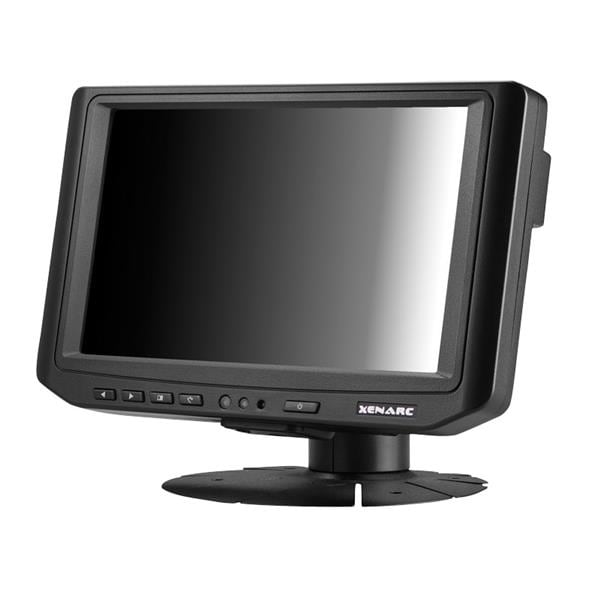


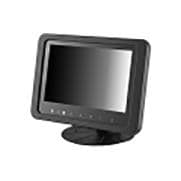


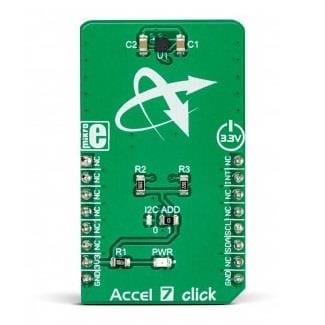
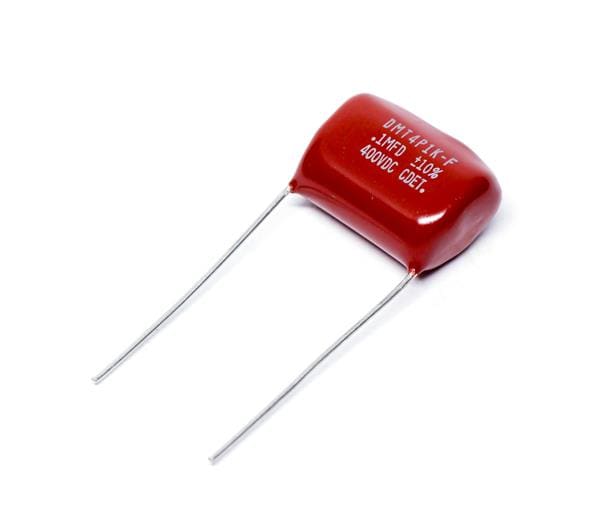

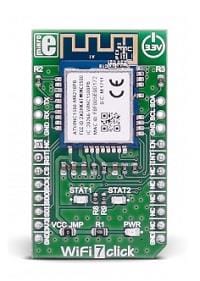
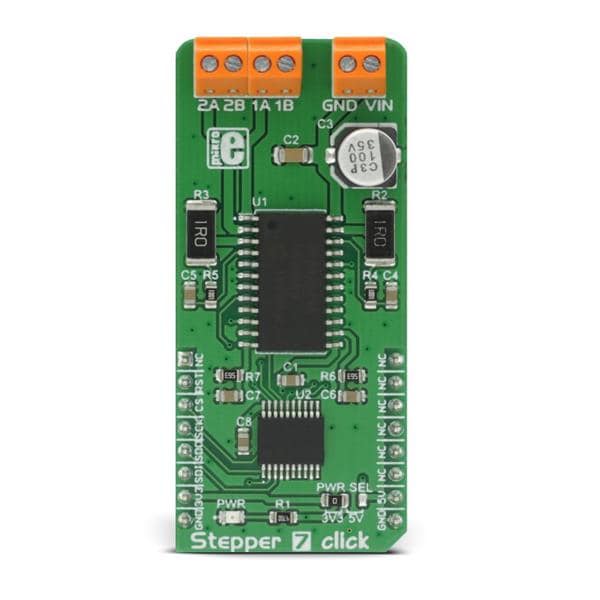
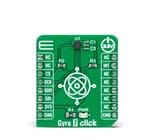
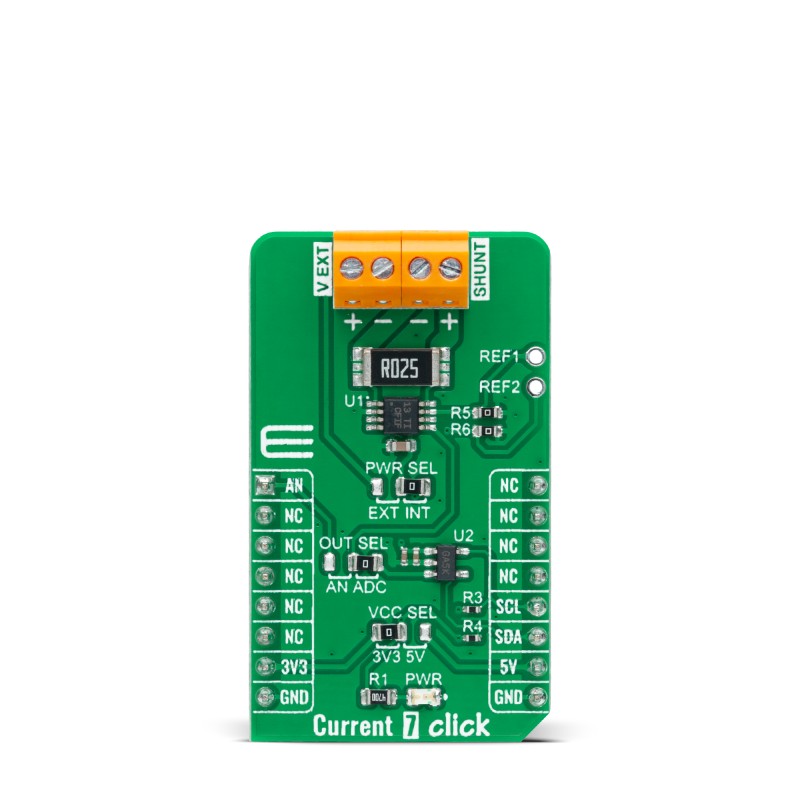
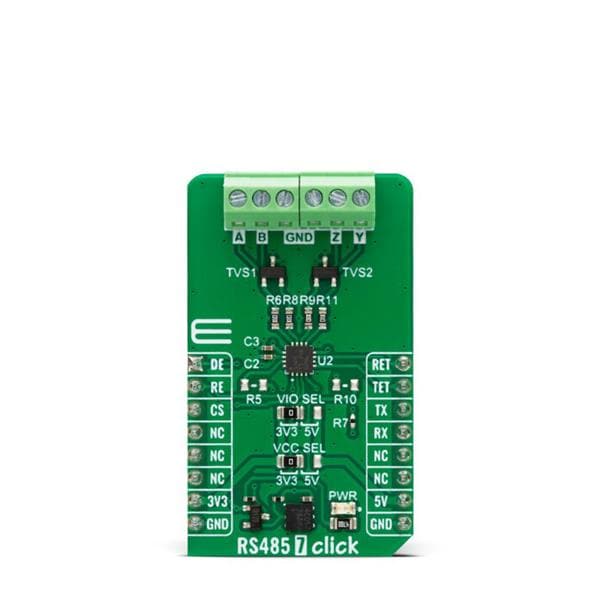
















Leave your feedback...